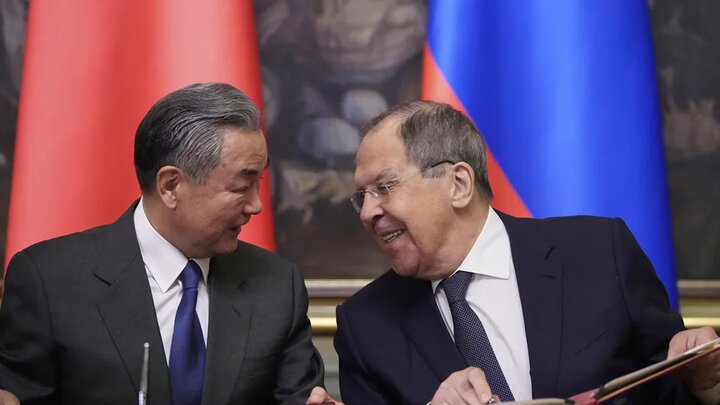
TEHRAN The World Food Program (WFP) has actually launched a report, stating on activities in Iran over the months of January and February.In the first two months of 2025, WFP general food support reached 33,068 beneficiaries in January and 33,147 in February including both Afghan and Iraqi refugees.WFP dispersed 543 mt of prepared food in January and 405.5 mt in February, consisting of wheat flour (12 kg per individual) and vegetable oil (810 ml per person).
In-kind food help, WFP offers cash support to 7,394 and 7,315 Afghan and Iraqi refugee households in January and February, respectively.Under cash-based transfers, following the modification of WFPs Minimum Expenditure Basket (MEB) carried out in November 2024, the Centre for Aliens and Foreign Immigrants Affairs (CAFIA) confirmed changes to cash transfer values.
As a result, WFP doubled its money transfers starting in January to better support vital living costs.In both months, families headed by refugee guys received Iranian Rials (IRR) 5 million (US$ 7.5) per individual.
Families headed by refugee females got IRR 6 million (US$ 9) per person, due to limited access to working chances, causing greater food insecurity.Following WFPs Disability Inclusion Workplan 2023, WFP carried out a pilot effort in 2 settlements, Shahid Naseri of Markazi and Mohajerin of Semnan provinces, providing refugees with specials needs a regular monthly cash top-up of IRR 1.5 million (US$ 3) throughout 8 settlements, on top of their regular entitlement.In January, WFP supported 364 refugees with disabilities across nine settlements, and 374 in February across ten settlements, each receiving an extra regular monthly money support of IRR 3 million (US$ 4.5), on top of their regular aid.In February, support covered Kerman, Lorestan, West Azerbaijan, Fars, Khuzestan, Markazi, Khorasan Razavi, and Semnan provinces after at first being introduced to two refugee settlements throughout two provinces.In March, the WFP released its 2023 report on Iran based upon the interim Country Strategic Plan (2023-2025).
In 2024, WFP provided a mix of in-kind and cash assistance to resolve the food needs of over 33,000 susceptible refugees in Iran.
As an outcome, 70 percent of them were able to take in food at an acceptable level, a figure that remains almost steady compared to the previous year.Since August, WFP effectively increased the worth of the money transfer entitlement by 25 percent, actively helping to alleviate the immediate economic obstacles reported by refugees.WFP has maintained an existence in Iran given that 1987, mostly concentrated on resolving the food security requirements of refugees mainly from Afghanistan.
Iran has hosted refugees for over four decades.
A lot of refugees, in addition to those in refugee-like conditions, reside in urban, peri-urban, and backwoods, typically incorporated with host neighborhoods.
The most vulnerable refugees living in 20 settlements across 13 provinces, deal with a precarious food security circumstance that necessitates ongoing humanitarian assistance by WFP.WFP supplied food assistance, educational assistance, and income chances through in-kind food circulations, genuine cash transfers, and capacity-strengthening efforts to eligible refugees who live in settlements.MT/ MG

 8
8













